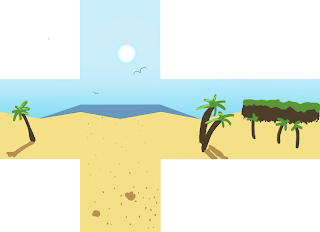When designing a logo for my product/brand my aim was to communicate Travel, creativity, and overall a sense of reliability. I began by using cursive/handwritten fonts that I felt could reflect the personality of my brand/product. I wanted my logo to have a hand written element, but still look modern and digital, reflecting a modern digital product that utilises creativity, a very human quality.
Using dafont.com, I identified these typefaces as having all the ideal qualities that I was aiming to communicate, however I feel like that in some of them legibility is lacking slightly (mix up a's and o's?).
I then found this one (below) that just clicked with me and felt very right. I think that the typeface has a slight automotive aesthetic (cadillac?) which I feel communicates reliability (in terms of delivering the best travel news) but also an element of digital. To communicate further, I tried adjusting some elements of the type.
- Made the dot drag across the top of the word, as if it is travelling? Creates movement and expression.
Final Logo Design
I then developed the dragged shape to look like a very subtle plane wing. I really liked this because of the subtlety, but also just felt that the shape of the wing fitted really nicely with expression of the type, aswell as creating a bit of movement. I particularly like the calligraphic element of the type as it reflects hand rendered/quit expressive feel with attention to detail, and the way that it is very uniform refers to digital platform once again.
I would perhaps like to experiment with animation if I get time, because I feel like, especially for this product, it would be a relevant way of bringing my brand to life.



















































